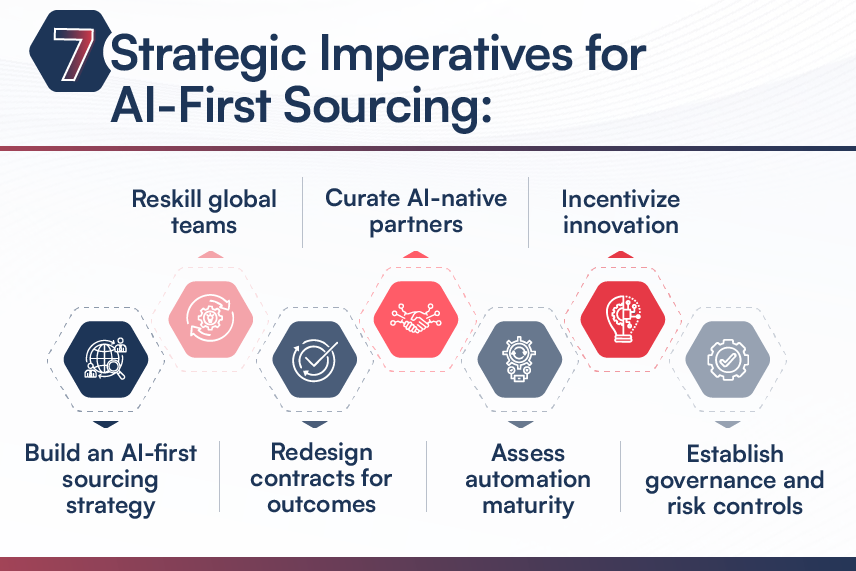
Introduction
The adoption rate of digital is overwhelming, both in its speed and spread. The industry which had the market value of $32 billion back in 2010 was worth $107 billion in 2015. With the current growth rate, the industry is slated to be worth $325 billion by 2025. A market this big draws heavily from the technological advancement happening around it. This advancement ideally should be rapid and transformative, giving more power to learners at each step. Trends like cloud and mobile are done and dusted, and it doesn’t stop there. Newer technologies are still evolving with each passing day.
With the adoption of these new technologies, traditional learning management systems (LMS) seem to be falling behind. They aren’t meeting the needs of the workforce, with employees getting used to a vastly different and better learning experience outside of the workplace. In order to sustain, LMSs cannot remain content just being a learning system, but need to metamorphose into a much more agile, social, and personalized entity – a Learning Experience Platform (LXP).
This conversion cannot be an overnight shift and will not happen in isolation either. It has to be integrated with the right technologies and fuelled with the right strategy. For starters, we are listing down some key technologies that can help lay the right foundation for your LXP. This should ideally be the first milestone for your LXP roadmap.
Experience API
SCORM and AICC standards have been in use for a long time in the eLearning industry. They work well for traditional eLearning courses. However, when it comes to a micro-learning experience, these standards fall short of tracking content in formats like games, videos, and blogs. Also, today’s learning systems have defined learning paths with predefined goals. This arrangement cannot be tracked within a single SCORM course.
Experience API (xAPI) is a new specification for learning technology that makes it possible to collect data about a wide range of experiences a person has (online and offline) while learning. With xAPI, different systems can securely communicate by capturing and sharing this stream of activities aligned to learning goals, thus enabling tracking the learning path. Experience API (xAPI) facilitates the implementation of micro-learning and goal based learning, which are two of the key features of LXPs.
Interactive Videos
As per a survey conducted by Hubspot, 79% of people prefer videos to learn about a subject or a product than to read about it. This is not surprising. A visual medium, when used correctly, can be much more comprehensive than text or audio. Interactive videos take it one step further by involving user’s inputs to provide a customized experience. Interactive videos make the viewer a part of the experience via assessments, seeking inputs, navigation, and choice to skip over, which not only makes it a lot more engaging but also adds substantial value. Applications of interactive videos are huge, addressing a wide range of audience all the way from K12 to corporate.
Predictive Analytics and Recommendation Engines
Learning needs are becoming increasingly personal. Users are specifically looking for learning experiences that match with their requirements, skills, and areas of improvement. Predictive Analytics is a powerful tool to identify the goals and preferences of the learner, as well as gaps in selected or proposed eLearning courses. It also helps track performance, by continuously monitoring learner alignment with the set goals. For corporate eLearning, this becomes an essential tool to capture employee performance. But the most rewarding aspect of predictive analysis and recommendation engines is the user gratification resulting from the personalized experience.
Chatbots and Machine Learning
Chatbots have taken customer engagement to the next level by offering interactive responses to queries without engaging human agents. eLearning too seems to be reaping the benefit of this technology. Guiding users at regular intervals, imparting relevant information when requested and resolving issues quickly, are some of the features offered by chatbots integrated into LMSs. Combine that with machine learning and you have a virtual assistant that continuously ‘learns’ by watching user actions.
The Way Forward
One of the key reasons why eLearning has been growing at such an imposing rate is that it is extremely flexible and adaptive in absorbing new technologies. Traditional LMS did its job well but is generally perceived as generic and neutral. With the adoption of new technologies, LMS needs to shed its conventional face and evolve into an LXP. But the case in point is that LXPs are not designed to replace the LMSs. Enhancing, and not replacing is the key to success.






